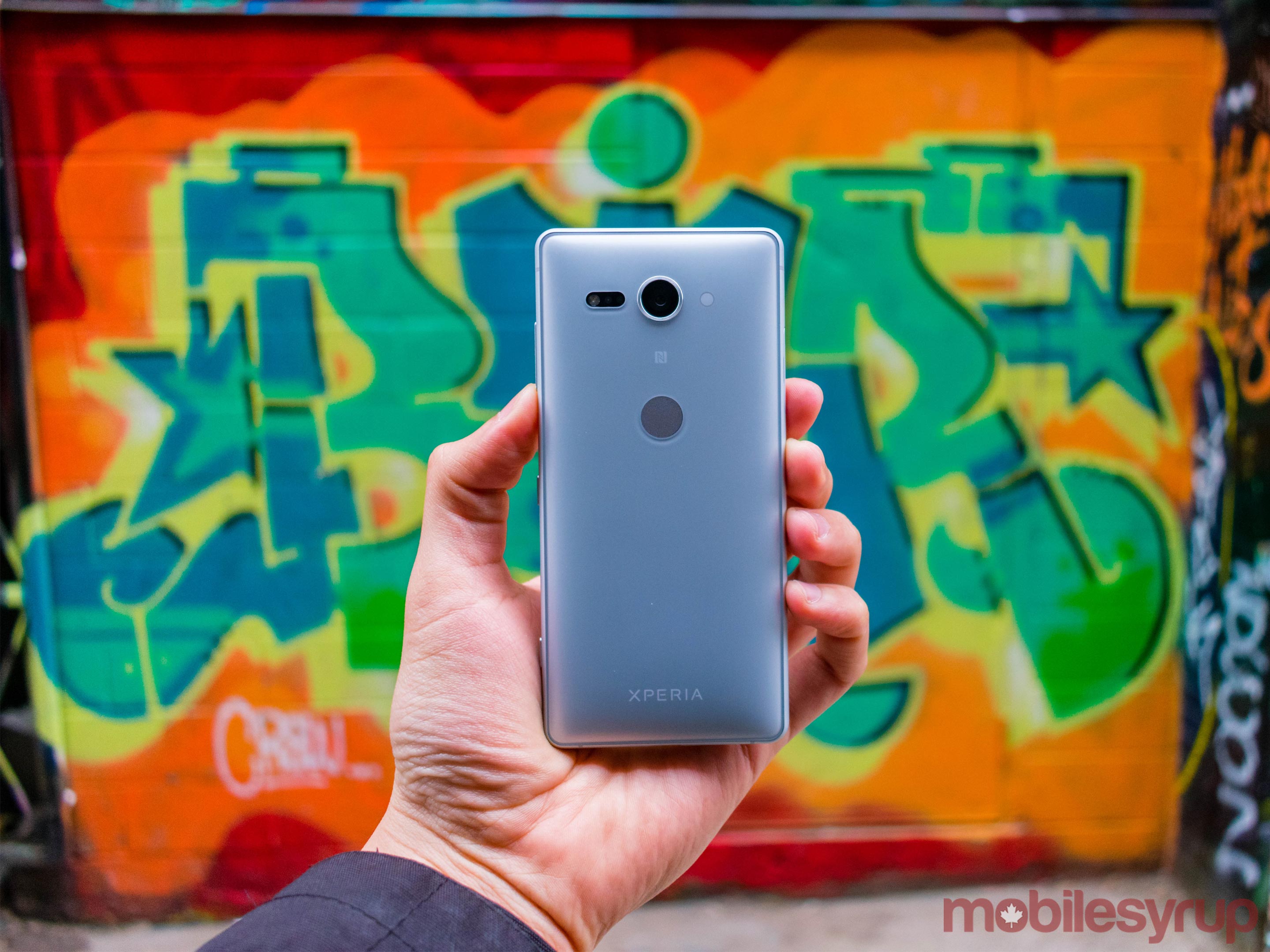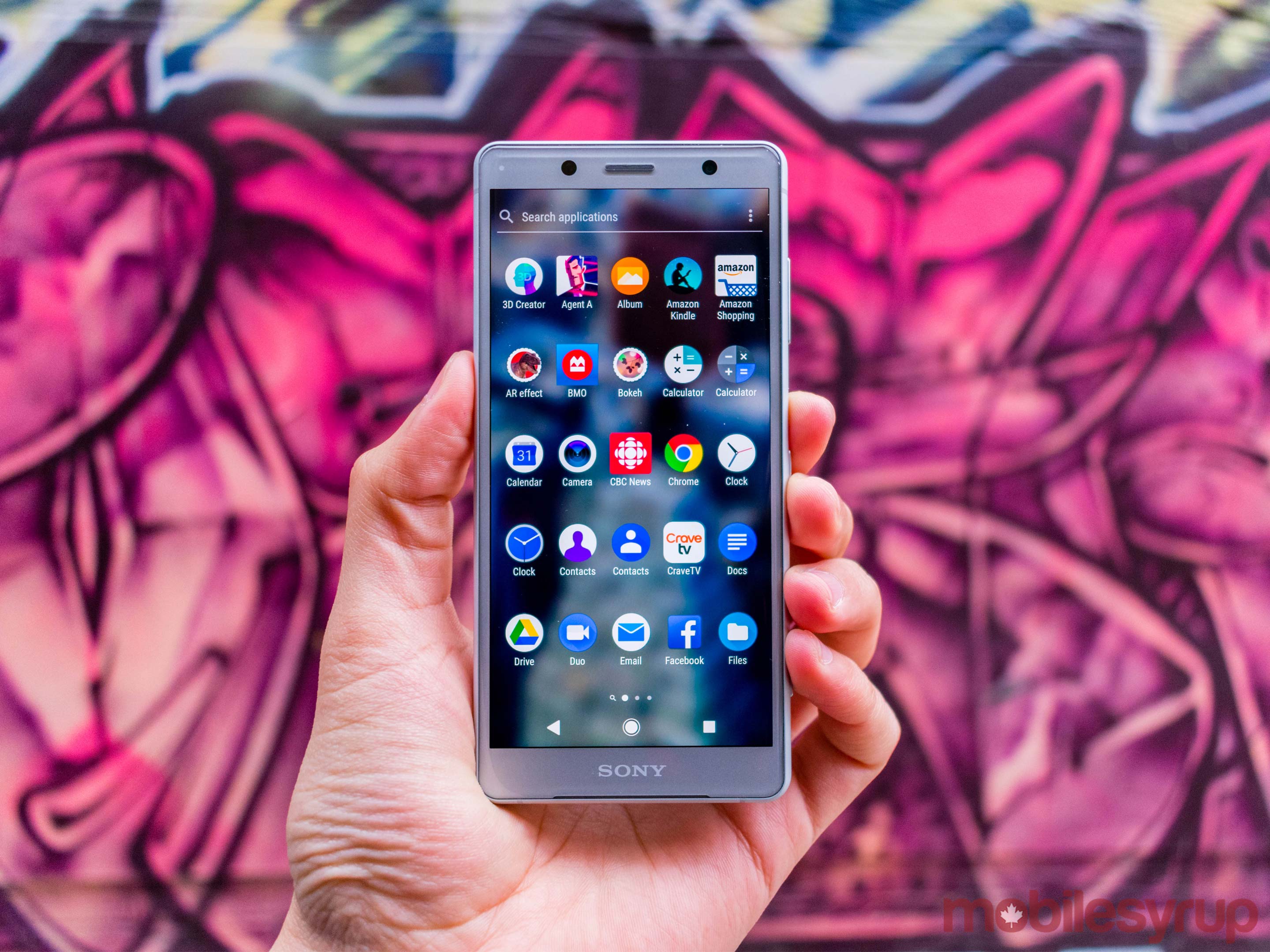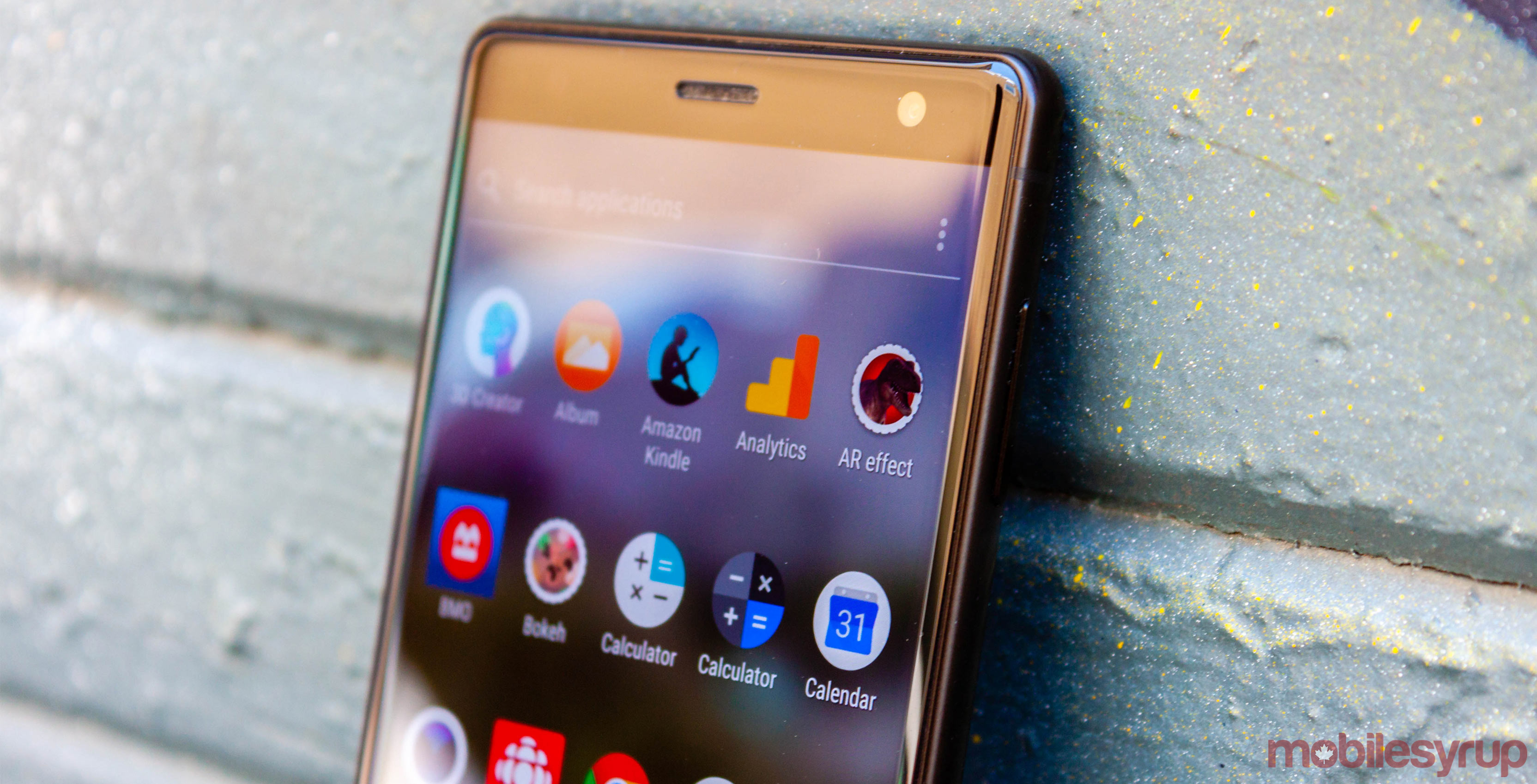
By now, no one needs to be convinced of the importance of mobile devices. They’ve affected just about every area of our day-to-day lives, from how we eat, to how we get around, how we socialize, and how we inform ourselves.
We use the camera to continuously capture, catalog, and share our experiences — one estimate says we took over 1.1 trillion photos in 2017 alone. This explains why smartphone companies seemingly spend their entire marketing budgets trying to convince consumers that they have the best camera.
But if we had to pick one area in which the rise of mobile has had the biggest impact, it’s entertainment. Initially, it was mobile gaming that captured our attention. So-called casual games like Angry Birds, Cut The Rope, and Diner Dash, devoured millions of hours of our time. Connected games like Words With Friends, and Draw Something meant that at least two people would be wasting spending time on their phones.
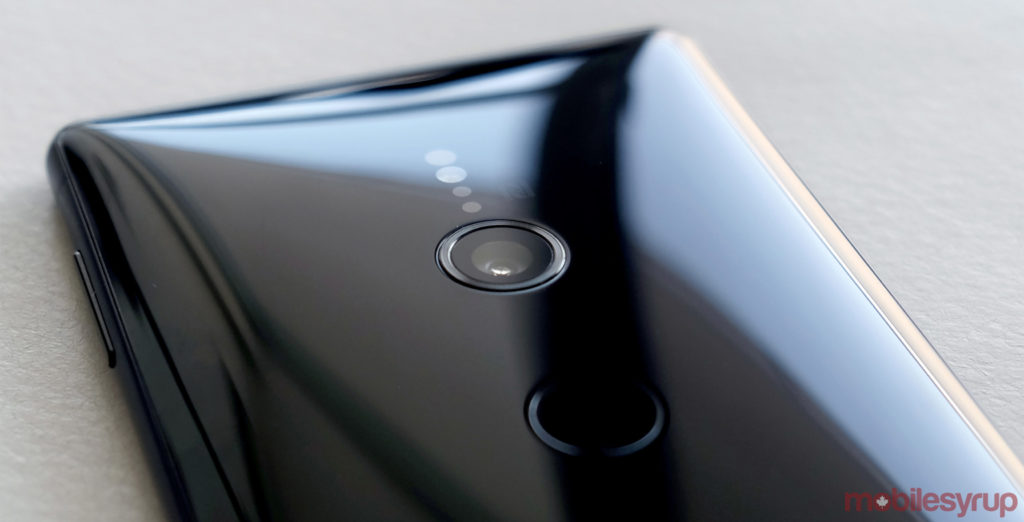
Mobile gaming is now a $70 billion industry — that’s more than half of the gaming industry overall.
More recently, our mobile entertainment time is spent on streaming media. According to NPD, the average U.S. smartphone uses 31.4 GB of data a month, and 83 percent of that is streaming video. Super-fast 4G LTE broadband connections, and the arrival of streaming media services from big players like Apple, Google, Amazon, Netflix, and Spotify are the two big drivers of this behaviour.
Given our enormous appetite for mobile entertainment, how do you pick a smartphone that will give you the biggest bang for your mobile entertainment buck? It all comes down to a few key features.
Reel ratio?
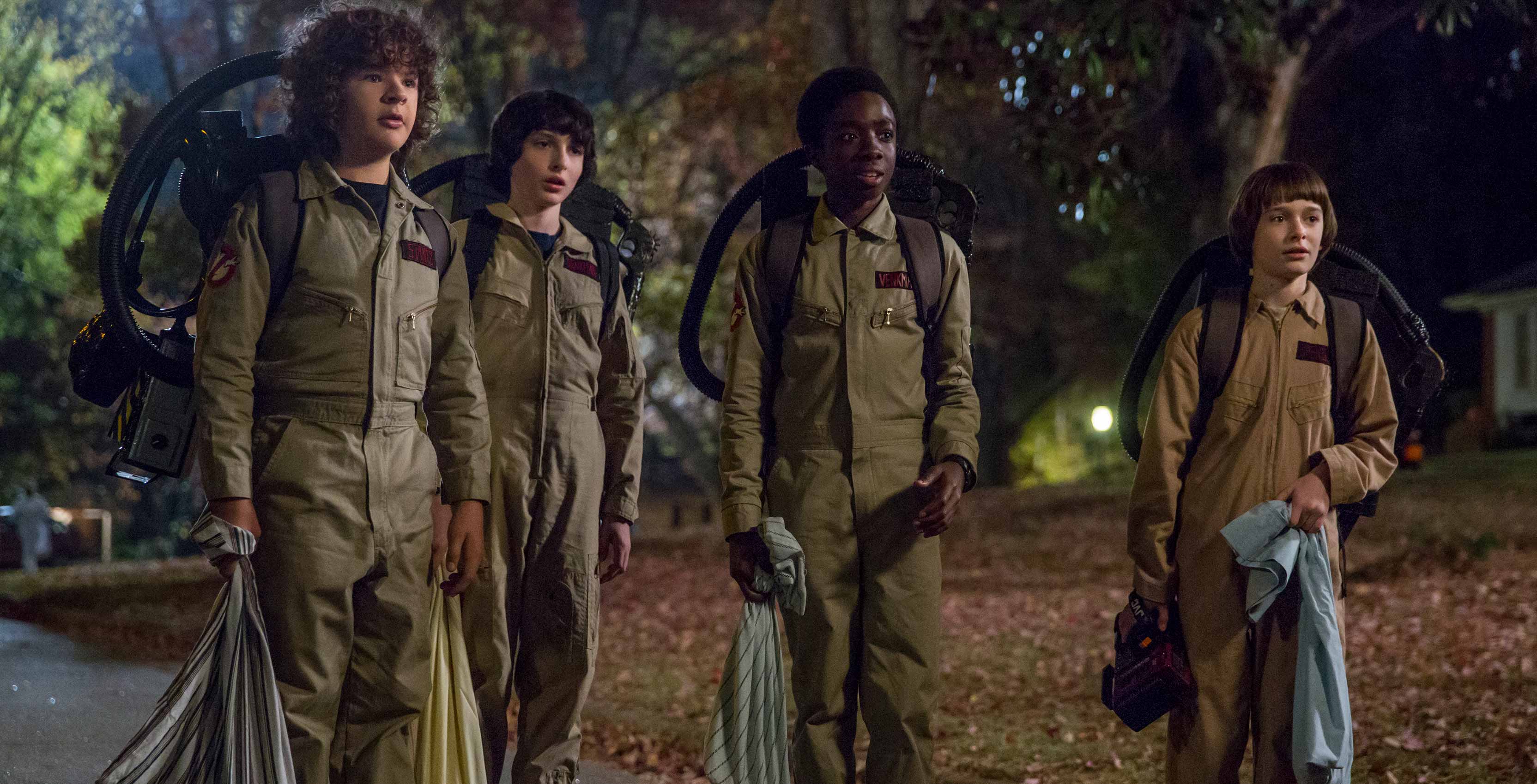
Since the advent of HDTV, a majority of video content created for broadcast has been produced to a 16:9 ratio — because that’s the ratio of all modern TVs. Hollywood movies, on the other hand, are shot at 2.20:1 — a wider ratio — which is why you often see black bars above and below the image when watching these movies at home.
But a third ratio is now beginning to be used, as a compromise between the film and TV standards. Known as ‘Univisium 2:1’ it’s a little wider than HDTV, while not quite as wide as the cinema standard. If you’ve ever watched Netflix’s Stranger Things, you’ve seen Univisium in action.
Critically, Univisium is a very smartphone-friendly ratio. 2:1 is the same ratio as 18:9, a format that already has the backing of most major smartphone manufacturers. Buying a phone with this screen ratio, means you’ll get to enjoy one hundred percent of the image, without any scaling, and without any annoying black bars.
Home on the range
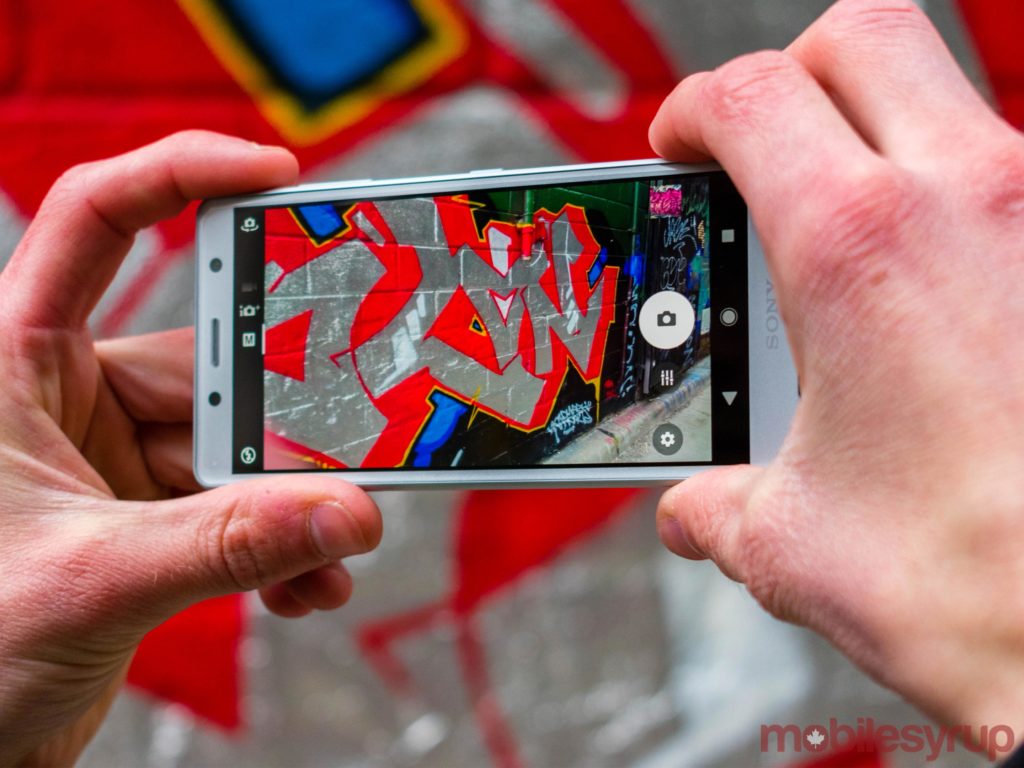
You’ve probably heard a lot of hype around HDR (High Dynamic Range), and there’s good reason for that. In a photography context, HDR lets you capture greater detail by merging three different exposures into one photo. The result can be seen whether in print, or on-screen, and you don’t need dedicated technology to see it.
In a video context, HDR is a decidedly different beast. It significantly increases the contrast and brightness of the image, making colours more vivid, while letting you see more detail in dark, shadowy areas.
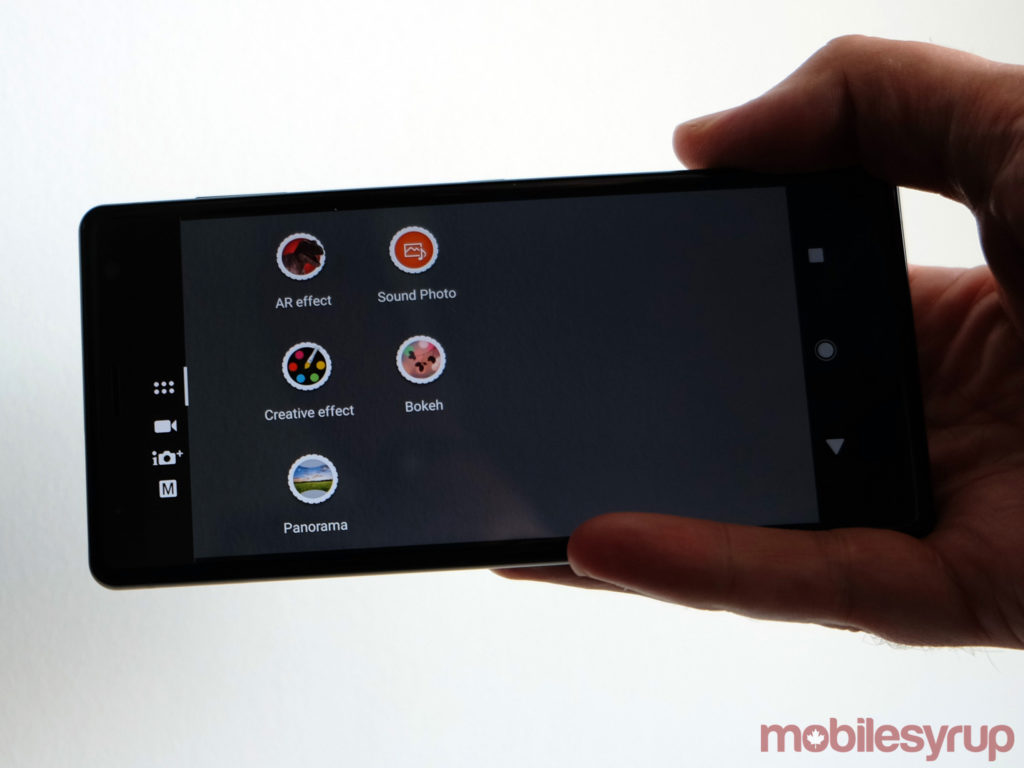
If more resolution is a good thing (and we’d argue it is), then more contrast and brightness is even better, which is why an HDR-capable screen is such a pleasure to look at. To enjoy HDR video, you need an HDR-capable smartphone and HDR content.
Of course not all content is created in HDR. You can find some HDR videos on YouTube, and Netflix and Amazon are both beginning to add content using this standard. Until HDR content becomes the norm, having a phone that can intelligently up-convert non-HDR material is a big plus.
Listen up
The third feature that can really make a difference when using a smartphone is high-resolution audio — sometimes called Hi-Res Audio. Most of us listen to MP3 music tracks on our devices, because that’s the format that kicked off the portable digital music industry back in the 90s.
MP3s were a good choice at the time because they squeezed a whole song into a small file size of about 3mb to 4mb. But to do this, they started with a 16-bit, 44.1KHz CD audio file, and then used lossy compression: Essentially stripping out a ton of the detail, leaving behind only enough info that we could still enjoy the song. Without MP3, you might only have been able to fit a few albums on your device.
But times have changed, and so have storage sizes. Which means it’s finally time to start listening to music as it was meant to be heard, with all of its information intact. Hi-res audio files start with a better source, usually a 24-bit, 96KHz master audio file, and then package it with lossless compression, which means they can deliver better than CD-quality audio, with no loss of detail or sound quality.
If you listen to hi-res audio in your car, while driving at highway speeds, you probably won’t hear much of a difference. Put on a pair of really good wired or wireless headphones, connected to a hi-res capable phone, and you’ll suddenly hear what you’ve been missing. Instruments that were once lost in the background become distinct; subtleties in the midranges that had to be stripped for storage space are now back; vocals that became harsh as they got louder now soar they way they were meant to.
Entertainment to go
So now that the quest is on for the best mobile entertainment experience, a smartphone needs to deliver on these three areas.
The Sony Xperia XZ2 and XZ2 Compact, which MobileSyrup recently reviewed, are two such phones. Both models use an 18:9 screen ratio, but instead of going with the bezel-less design that we’re seeing on other handsets, Sony has opted to use the extra space at the top and bottom of the screen to integrate a pair of front-firing speakers. This may seem like a small detail, but when it comes to being able to enjoy a movie with a friend, those speakers make a big difference.
The XZ2’s full HD+ screen is HDR-capable, and Netflix has already updated its Android app to be HDR compatible on both the XZ2 as well as the older XZ1. Sony calls its HDR technology “X-Reality” and beyond being able to display HDR content the way it was meant to be seen, X-Reality can also up-convert SDR (or Standard Dynamic Range) to near-HDR levels, so all video content looks significantly brighter and more colourful.
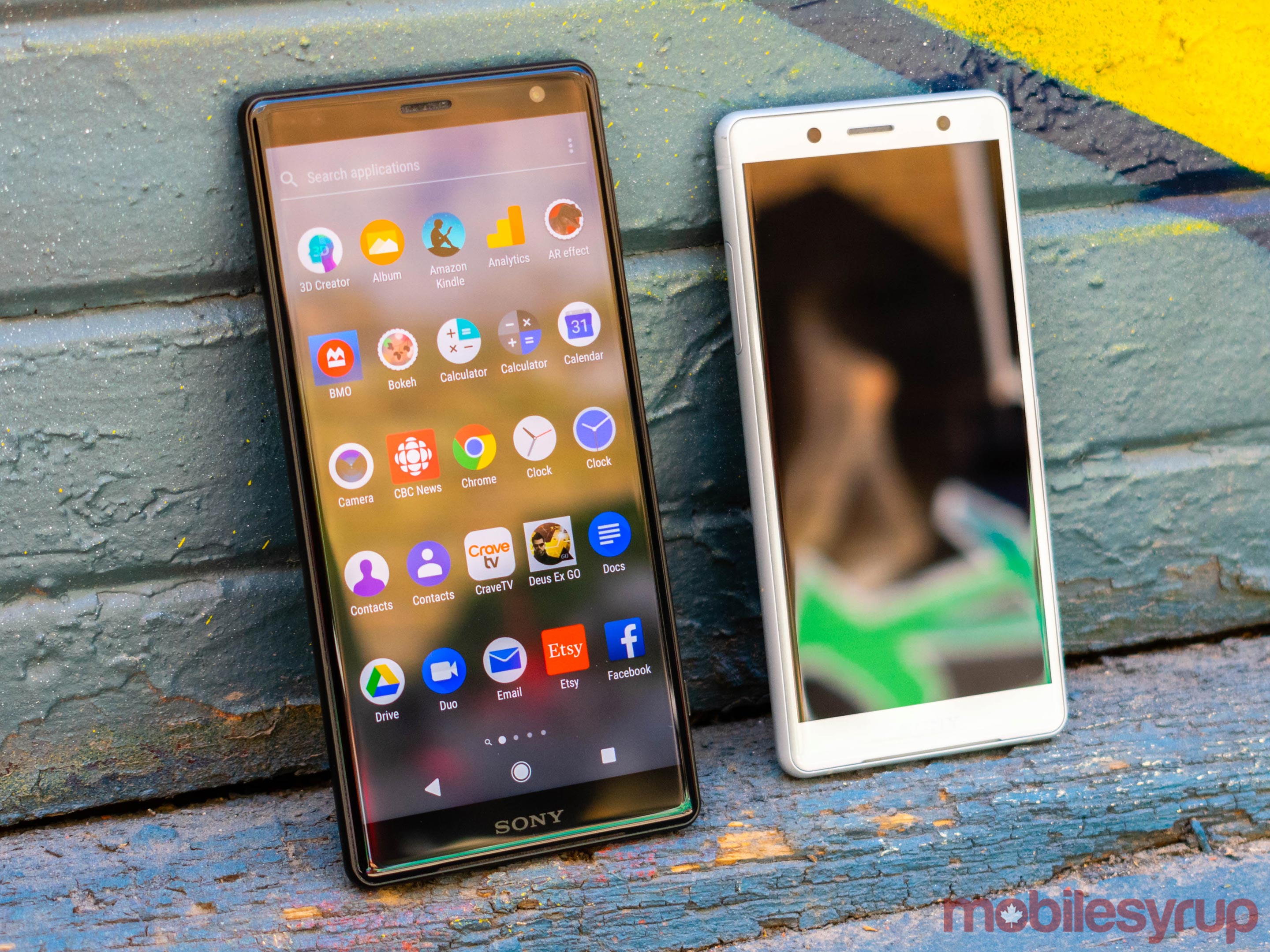
The XZ2 also packs a feature that is unique to Sony, called Dynamic Vibration System. If you’ve ever sat in a D-Box Motion seat at your local movie theatre, you’ll get the idea immediately: It uses the on-board vibration motor that is normally used for haptic feedback (say while typing, or when you get a text message) and engages it at key moments during videos and games. Think of it as a rumble pack for movies. It definitely adds a new dimension to watching video on a mobile phone.
Finally, the XZ2 is a hi-res audio powerhouse. In addition to full support for lossless, 24-bit/96KHz hi-res formats like FLAC, ALAC, and DSD, Sony’s DSEE HX system can give a boost to your older MP3 files (it’s like X-Reality for audio). Sony also embeds two technologies that are vital for getting top-quality sound transmitted wirelessly via Bluetooth — aptX HD audio, and LDAC.
AptX HD is ideal for sending 24-bit sound over Bluetooth, and is supported by a wide number of wireless headphones. But if you buy a pair of Sony LDAC-capable cans, you’ll get an even higher level of audio quality thanks to this proprietary Sony standard.
MobileSyrup may earn a commission from purchases made via our links, which helps fund the journalism we provide free on our website. These links do not influence our editorial content. Support us here.

